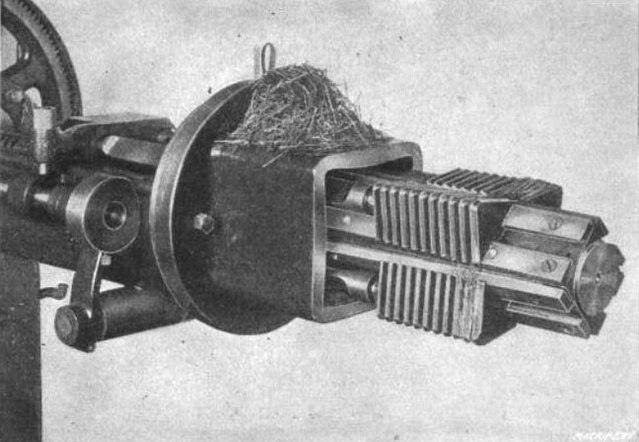Industry News
Appraisement in Multi-Tiered Transactions
TweetOct. 4, 2022
By:
Chaney A. Finn
U.S. Customs and Border Protection (“CBP”) published ruling H316892 (Jul 20, 2022) in response to a request for internal advice regarding the valuation of metal, woodworking, and industrial tools imported by JPW Industries (“U.S. importer”). The internal advice request specifically concerns the acceptability of the “first sale” between JPW Industries’ related company, JPW Tool Group Hong Kong Ltd (“middleman” or “JPW HK”) and unrelated manufacturers in China and Taiwan.
As we have previously discussed, the price of goods subject to multiple transactions before sale to the end consumer increases with each transaction. This effectively increases import duty amounts when declared to Customs since import duty is based on the entered value of the merchandise. Under very specific circumstances, current law can allow importers to reduce their import duty payment amounts by declaring the earlier value of the goods before markup costs are added by intermediary parties.
 The criteria necessary to utilize the first sale valuation method include: the goods being destined for export to the U.S. at the time of the first sale, at least two “bona fide sales” prior to import, and the parties involved must be unrelated or conducted at “arm’s length.” A “sale” for purposes of the valuation law takes place when there is a transfer of title between two parties and some value is exchanged for the goods. Proving that there is a transfer of title and that value was exchanged are important elements of proving that a genuine, or “bona fide” sale has taken place.
The criteria necessary to utilize the first sale valuation method include: the goods being destined for export to the U.S. at the time of the first sale, at least two “bona fide sales” prior to import, and the parties involved must be unrelated or conducted at “arm’s length.” A “sale” for purposes of the valuation law takes place when there is a transfer of title between two parties and some value is exchanged for the goods. Proving that there is a transfer of title and that value was exchanged are important elements of proving that a genuine, or “bona fide” sale has taken place.
In the ruling, CBP noted that the preferred method of appraising merchandise imported into the United States is transaction value pursuant to section 402(b) of the Tariff Act of 1930, which is the “price actually paid or payable for merchandise when sold for exportation to the United States.”
In evaluating the criteria in determining first sale eligibility, CBP examined the shipping documentation which substantiated that the merchandise was either shipped directly by the foreign manufacturers to the importer to the Port of Los Angeles/Long Beach, CA, or moved in-bond through a rail bond from Canada to the United States as declared on the invoices. Additionally, there was no evidence of any actual or planned use of the merchandise in Canada, demonstrating the merchandise was destined for the U.S. at the time of the sale between the manufacturers and the middleman, satisfying the first of three criteria in determining first sale appraisement eligibility.
Secondly, since the foreign manufacturers and the middleman were unrelated, the sales between them were presumed to be at arm’s length, satisfying the second criterion for first sale eligibility. Lastly, CBP examined additional documentation to determine two “bona fide sales” or transfers of title and the exchange of value were conducted prior to importation. Unfortunately, Customs found that the documentation lacked sufficient evidence that a passage of title was transferred between the middleman and the importer, and the only sale that occurred was the sale between the U.S. importer and the unrelated foreign manufacturers, leaving the last criterion unsatisfied.
Therefore, CBP determined that the imported goods had to be appraised under transaction value based on the price actually paid or payable for the merchandise by the U.S. importer, and the importer was unable to claim the lower entered value paid by the middleman (first sale appraisement) when declaring the merchandise to CBP.
If you have any questions regarding appraisement methods, do not hesitate to contact any attorney at Barnes, Richardson & Colburn, LLP.
